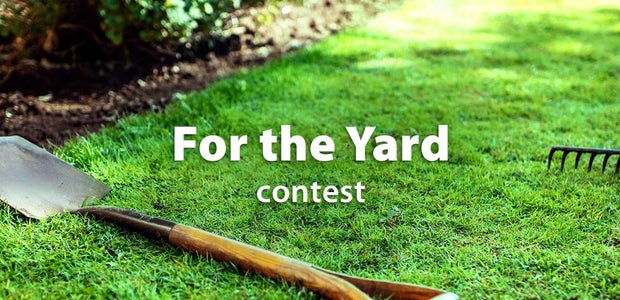Introduction: Tangram Math & Quilt Making
This lesson combines culturally relevant math and quilt making. The term “culturally relevant” refers to instruction that includes modification of curricula, culture identity development, and social justice learning and action. The reason for this approach is to encourage students from diverse backgrounds to relate course content to their cultural contexts.
For this lesson, students can use quilt making to demonstrate their understanding of tangrams--shape-based puzzles--and to learn how to recognize and represent proportional relationships between shapes. They can attach their tangram characters to wearable things like tote bags or traditional quilts.
Supplies
Step 1: Learn About Tangrams
A tangram is a puzzle consisting of seven flat polygons, called tans, which are put together to form shapes. Tangrams have been traced back as far as the early 18th century, in China. To learn more read or listen to Grandfather Tang's Story and select one or more tangram characters from the attached worksheet.
Attachments
Step 2: Make Tangram Characters
The Tangram is made up of seven geometric shapes, including five triangles (two small triangles, one medium triangle, and two large triangles), a square, and a parallelogram. The pieces can be arranged together to make many different types of forms, embodying many numerical and geometric concepts. Use the online Mathigon app to make tangrams based on the Grandfather Tang character worksheet. Optional: Save/screenshot the characters for printing.
Step 3: Explore the Math in Tangrams
A fraction represents a part of a whole or, more generally, any number of equal parts. The number below the bar, or denominator, in any fraction always tells how many parts of the same size are in the whole.
Select a character to count how many tangram pieces were used to make it, then identify one piece as a fractional part of the whole shape (character). Have students figure out the fraction this piece represents.
Extension Activity: Repeat this step with other shapes or convert the fractions into decimals.
Step 4: Use Template to Cut Fabric Shapes
Print out the attached paper template.
Cut out each tangram shape from the template.
Trace each paper shape on a piece of colored felt (or paper) squares. Choose different colors for each shape.
Cut the shapes out of the felt/paper.
Discard or save the scraps for future projects.
Attachments
Step 5:
Choose a standard sheet of colored felt (or paper) and arrange the cut felt tangram shapes to create different characters.
Glue the shapes to the base felt/paper and display the finished work.
Extension activity: Make a class quilt of tangram characters using a large piece of fabric.















Comments
11 days ago
Interesting work!